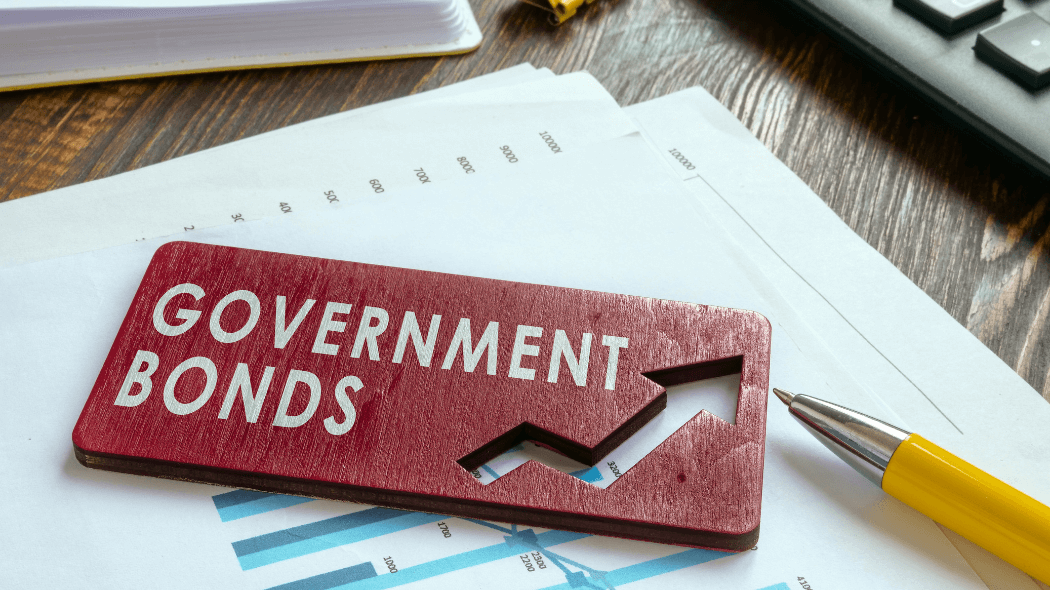The cost of home ownership goes beyond the price of the flat or the cost of the land and construction. From stamp duty to parking space, you may have to write a check everywhere.
It can get intimidating to think about those extra expenses. Having a general idea of the overall cost beforehand can make the process a lot easier.
So, are you planning to buy your dream home? You must have a Pinterest board full of ideas.
That’s great. Have you calculated how much you’ll spend on a home?
In this blog, we’ll walk you through a list of things to consider before purchasing the house.
Top 8 Things to Know Before Buying a Home: Actual Cost of Home Ownership
1. Down Payment and Home Loan
The first thing you’ll need to buy a house is a home loan and a down payment. The down payment is the percentage of the property’s total value that you pay to secure the deal. It ranges from 10% to 30% of the total value.
You can take a home loan for the remaining amount. Home loan interest rate varies depending on the lender. Consider getting a loan from a trusted bank.
2. Brokerage
Most properties in India are sold via a broker. Brokers help you find your dream home, ease the entire process, and take a lot of hassle away from you.
For this, they may charge 1-2% of the total value as a fee from both buyer and seller.
The brokerage could be saved if you make a direct deal with the seller/builder or opt for no-brokerage platforms.
3. Preferential Location Charges
Apartments with gardens attached, or houses facing the view cost more than any other basic apartments in the same society.
These charges depend on the locality and the developers.
Many societies offer gardens, gyms, pools, and more amenities. Of course, the flat will cost more and the maintenance charges will also be high.
We’d recommend evaluating the preferential location charges before finalizing the house.
4. Parking Space
Parking spaces are limited considering every family has more than one vehicle. If you are buying a flat in a city, you may have to buy/rent the parking space.
One parking spot may not be enough if you have multiple vehicles. So you’ll have to consider the total charges for a comparatively larger parking spot.
The charges vary from city to city and locality to locality. To give you a rough estimate, it could be between INR. 1 lakh to 15 lakhs. Or, approx. 10k/month as rent.
5. Stamp Duty and Registration Fee
Home buyers need to pay a certain amount to the government in the form of stamp duty and registration.
These charges can put a massive dent in your home budget. In India, stamp duty varies between 4% to 7% of the total property value along with 1% registration fees.
Each state and city in India have different stamp duty and registration charges. Don’t forget to check it beforehand to add it to your house budget.
6. Maintenance Charges
Living in a society, you’ll have to pay maintenance charges each year. These charges cover the maintenance cost of all the amenities like a swimming pool, gym, garden, running elevators, security, cleaning, and more.
These charges vary across states, cities, and localities. Confirm the range of charges with the society to ensure it fits your budget.
7. House Inspection
If you buy a flat in a brand new society, the safety measures would already be in place. But, if you are purchasing a flat for resale, you may want to consider the inspection.
Older houses tend to need frequent repairs and maintenance. It could cost you a huge deal later on. Better to be thorough than panic when a problem arises.
In fact, you can hire a professional to inspect both new and old properties. It’ll help quicken your decision-making process.
8. Setting up The House
Here comes the opportunity to design your home the way you always wanted. Getting the right furniture, appliances, and decor is an additional cost.
Fortunately, you have the option to control this expense. You can seek a good deal on furniture in both online and offline stores. Even appliances and decor would be affordable if you set your eyes on the right products.
Set a budget for the home decor to effectively shop for what you need.
Final Thoughts
Owning a home is not a one-time cost. It can come with a lot of hidden and unexpected costs. Apart from the points mentioned above, there’s also the cost of plumbing, roofing, and repairs.
We encourage you to jot down all possible expenses to stay aware of the total cost of home ownership. Divide the home loan and down payment as per your comfort. Don’t forget to consider EMI and tenure.
To make your dream home a reality, we’d also recommend creating a dedicated investment portfolio. Our advisors will help you curate investments so you don’t have to compromise on your dream home.
Get in touch with us and we’d love to hear your ideas for the home. Take advantage of our complimentary portfolio analysis to receive personalized investment recommendations from our advisors.
You May Also Like to Read
7 Quick Financial Fixes














